With declining demand for Apple’s iPhone 15 model compared to its predecessor, Tim Cook and his team are strategizing to entice consumers back into the Apple ecosystem. Analysts from CIRP have observed this trend, with iPhone 15 sales lagging behind the iPhone 14 this quarter, continuing a pattern from Q1 2024. This downward trajectory has prompted discussions on how Apple plans to rejuvenate interest and drive future sales amid this challenge.
The anticipated introduction of generative AI in upcoming iPhones has sparked excitement, though it hasn’t yet influenced the supply chain’s expectations. Major suppliers, TSMC and Largan, have not reported increased orders indicative of this AI boom.
According to analyst Ming-Chi Kuo, even though some suppliers have noted a rise in orders for the iPhone 16, the overall figures remain similar to the previous year, indicating steady but not spectacular growth projections.
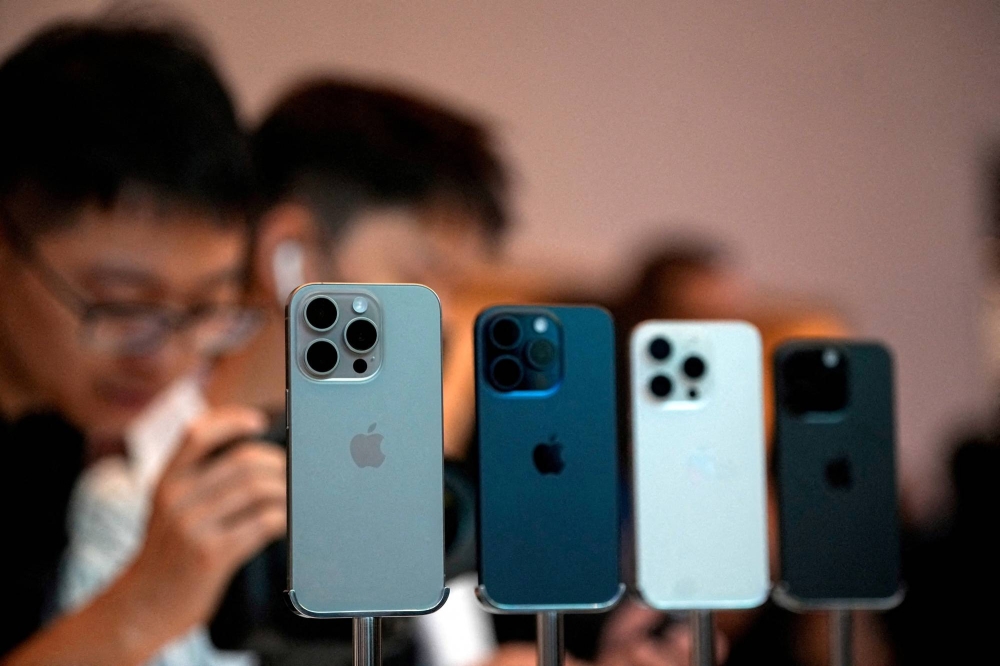
Despite solid sales figures, Apple has not yet fully tapped into the potential market expansion through AI. The iPhone 16, projected to sell around 87 million units in the second half of 2024, still falls short compared to the iPhone 15’s 91 million units in the same period the previous year. This suggests that while AI integration holds promise, it has not yet catalyzed the significant market growth Apple needs.
Apple is banking on the transformative potential of generative AI to boost iPhone 15 sales, targeting features that enhance creativity and productivity, such as advanced photo and video editing, and text analysis.
Following Apple’s AI announcements at the Worldwide Developer Conference, the company’s shares rose by seven percent, driven by the expectation of increased sales. However, the high demands of generative AI on hardware mean that only the iPhone 15 Pro Max, equipped with the A18 Pro chip, will initially support these features.
The complete rollout of AI capabilities in iPhones is not expected until the first quarter of 2025, requiring consumers to invest in the latest hardware now based on future promises. Meanwhile, Google’s Android smartphones, with AI-first capabilities since the Pixel 8 launch, pose a significant competitive threat.
As the Pixel 9 family approaches its launch, Apple risks falling two generations behind in AI integration. The crucial question remains whether consumers will wait for Apple’s advancements or switch to Android, potentially undermining Apple’s market position.

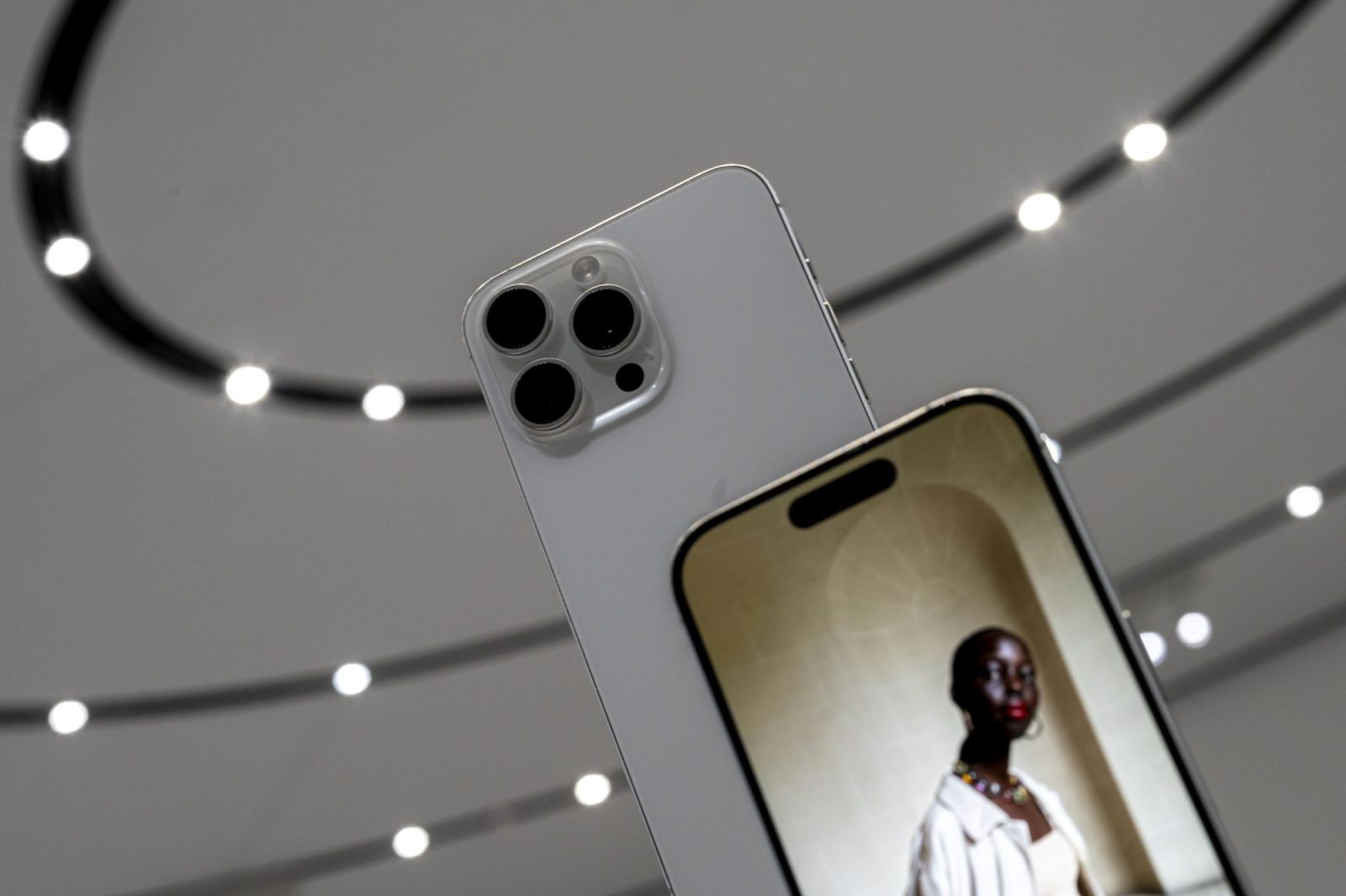
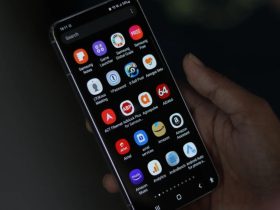
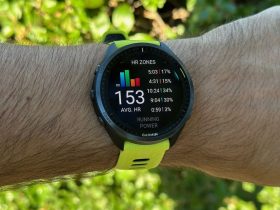

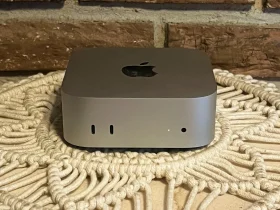
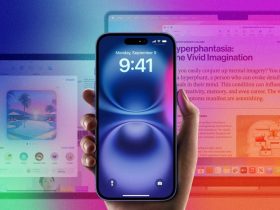
Leave a Reply